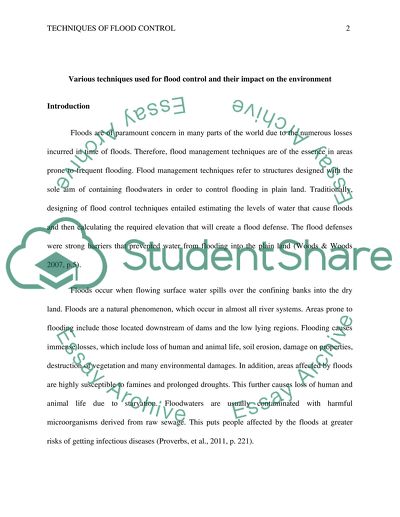Cite this document
(“Flood control in river basins has become more important in recent Essay”, n.d.)
Retrieved from https://studentshare.org/geography/1461902-flood-control-in-river-basins-has-become-more
Retrieved from https://studentshare.org/geography/1461902-flood-control-in-river-basins-has-become-more
(Flood Control in River Basins Has Become More Important in Recent Essay)
https://studentshare.org/geography/1461902-flood-control-in-river-basins-has-become-more.
https://studentshare.org/geography/1461902-flood-control-in-river-basins-has-become-more.
“Flood Control in River Basins Has Become More Important in Recent Essay”, n.d. https://studentshare.org/geography/1461902-flood-control-in-river-basins-has-become-more.


